
This Project Does Not Serve The Needs Of Our Community.
What You Need To Know.
The Kā’anapali Beach Restoration Project aims to manipulate the beach to the approximate condition of the 1988 shoreline (35 years ago & 3.5 feet higher elevation).
The plan requires moving 75,000 cubic yards of sand from an 8.5-acre area around fish breeding grounds located ~150 feet offshore of Pu’u Keka’a in waters 28-56 feet deep.
The estimated cost for the project is more than $11,125,000.00. The Board of Land &
Natural Resources (BLNR) plans to fund ~half of the project ($5M).The Project will have many negative impacts on the nearshore environment, fishing, lifeguard services, cultural practices & sites & canoe paddling.
Managed retreat, when buildings are moved inland, is considered a longer-term solution.
The Process.
A crane barge equipped with a clamshell bucket will be moored off of Pu’u Keka’a.
Barges will rotate between the sand site & two “off-loading sites” on the beach.
An elevated trestle or floating bridge will transfer sand to shore.
Beach-based equipment will bulldoze the sand from the shoreline to the placement area — where iwi kūpuna were discovered in July 2022.
(Right: Approximate barge routes to offloading locations - hawaii.gov)
The Impacts.
Blocked access to Hanaka’ō’ō beach Park
Further iwi kūpuna desecration
Disruption to fish breeding grounds
Destruction of the reef
Long-term increase in turbidity
Detrimental effects to the nearshore coastal environment
Already inadvisedly located hotels remain where they are & continue to & further inundate the beach & surrounding fresh & ocean waters in countless ways
The Solution.
Beaches in Hawai’i are ultimately meant to shift landward. The hotels were built on the beach, therefore should look to the long-term solution of managed retreat in order to demonstrate respect as guests of the land they have built upon & a responsibility & commitment to perpetuating a healthy marine/coastal environment for generations to come.
Managed Retreat aims to mitigate erosion by restoring dunes & vegetation. This allows the coastline to naturally ebb & flow without harming the environment, cultural sites/practices & infrastructure.
The sand mauka of the shoreline (in front, next to, underneath & behind the hotels/golf courses) is of the same type (granular size & composition) as the beach sand since it is from the same supply. This could be the source for the replenishment & eliminate the risk of more negative impacts to marine life via dredging if hotels relocate & leave the sand where it is in order to build on its own - as nature intended.
Without a more diversified economy, hotels contribute over $3B annually to the State’s resources ($8M per day) & pay over $150M annually in taxes (equal to ~ $1B in revenue). The proposed tax subsidy of $5M for the project is generated by these hotels in less than 2 days (HAMER). A portion of that revenue could be put towards a "relocation fund” to pay for the responsible, conscious & necessary managed retreat of the hotels.
(Right: Honda Marine Science Foundation & Coral Reef Alliance living shoreline “green infrastructure” multipurpose area)



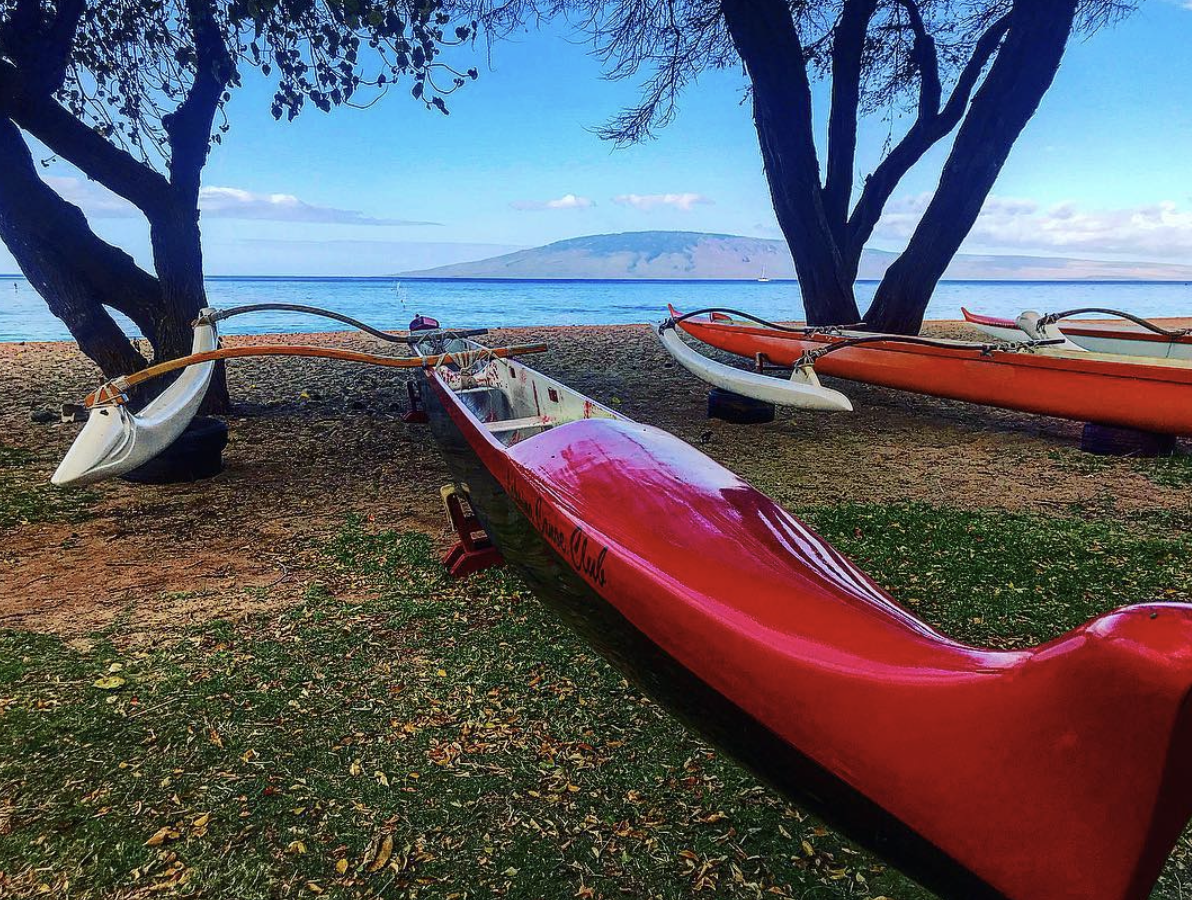


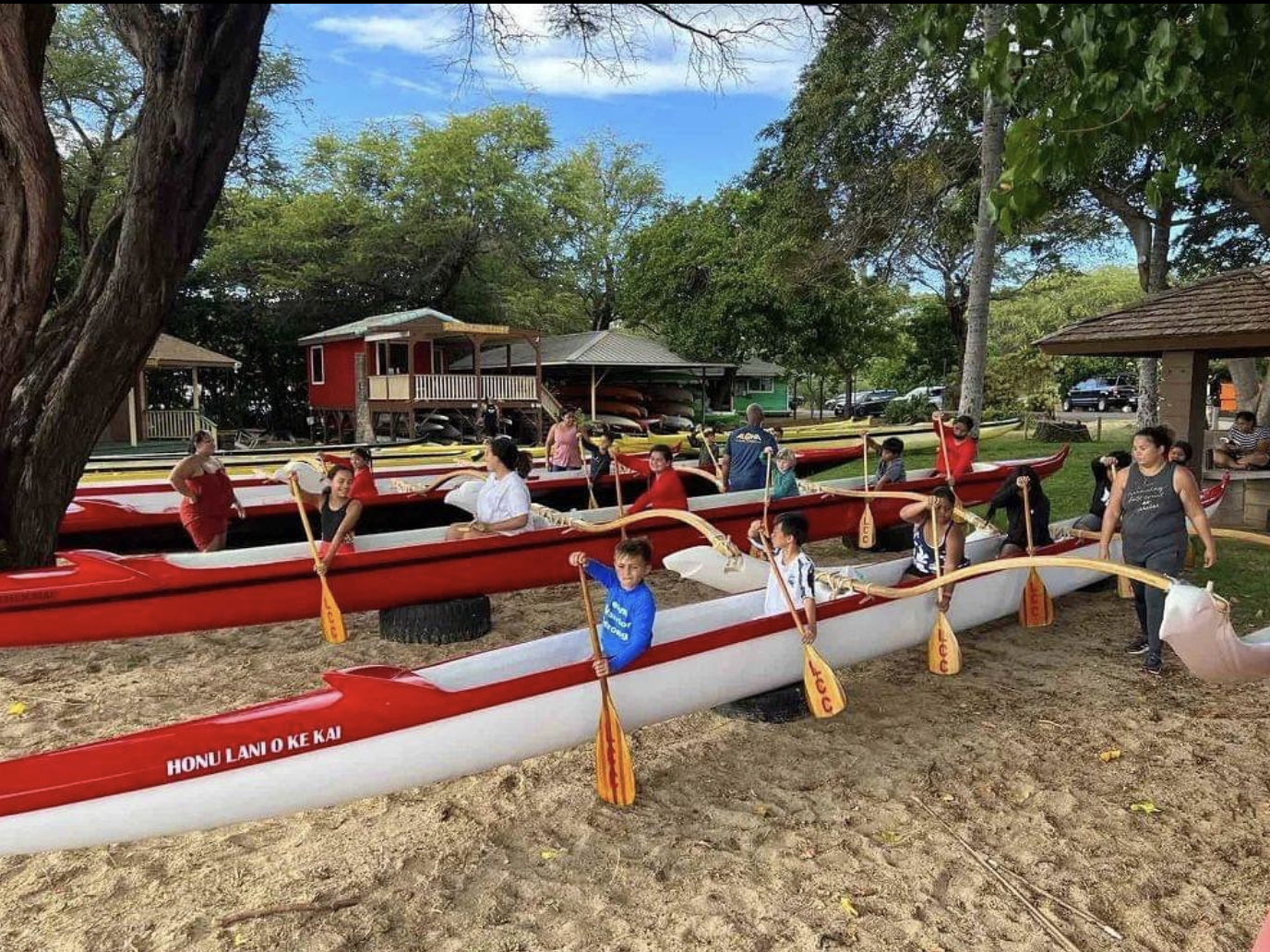

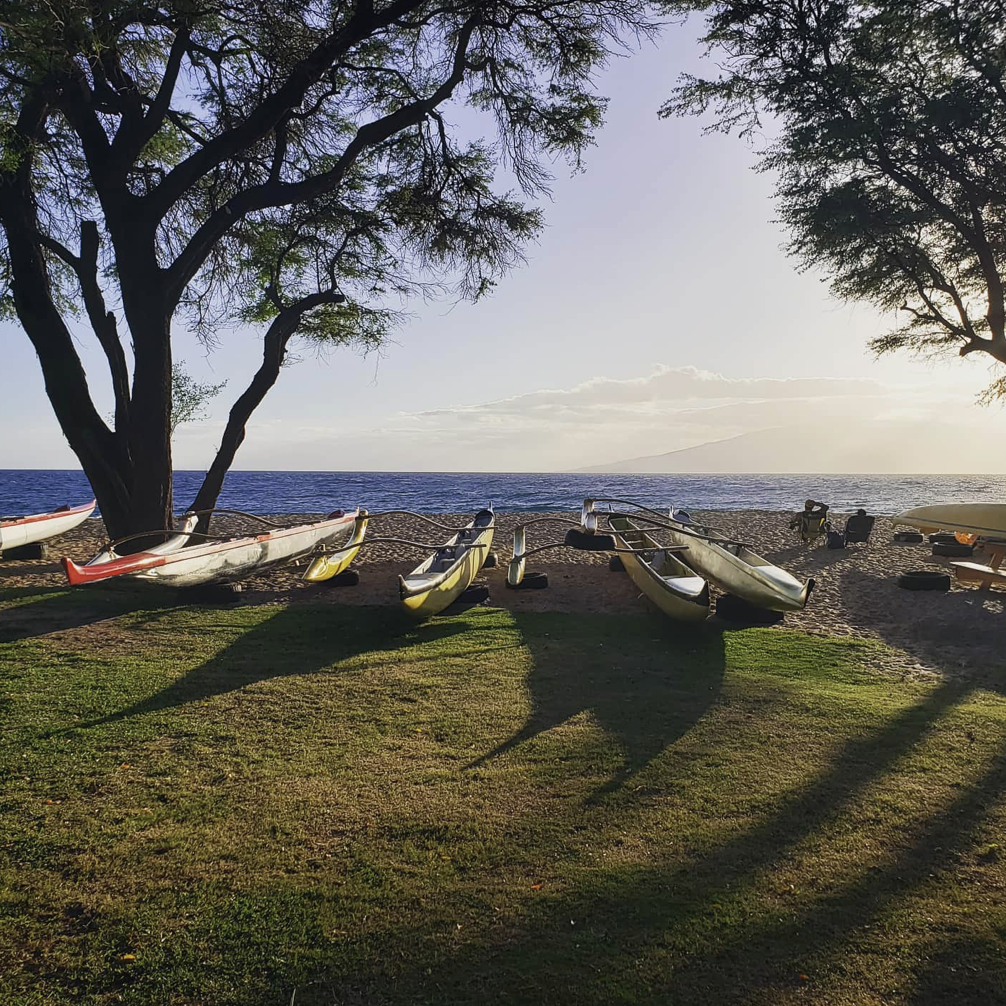
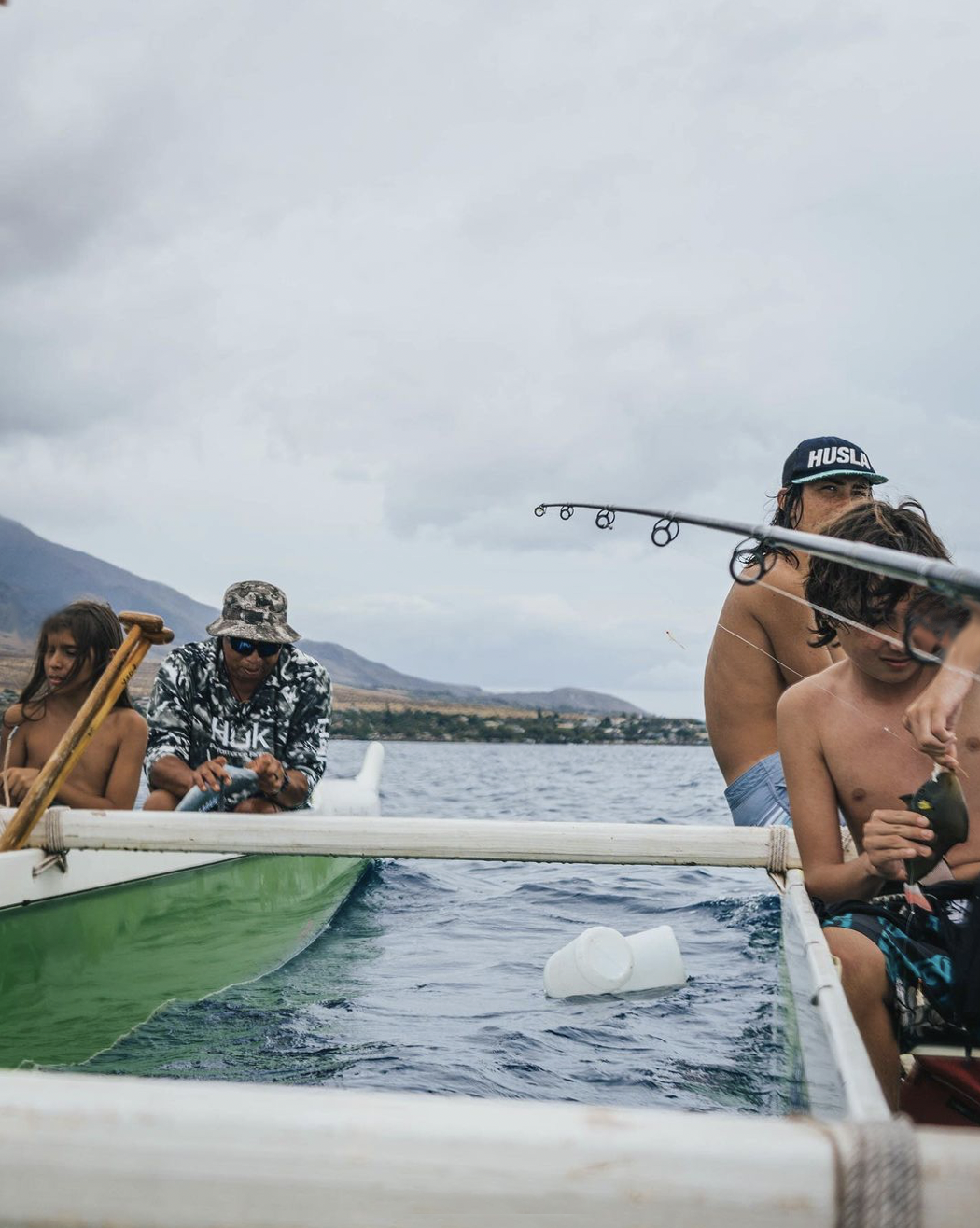






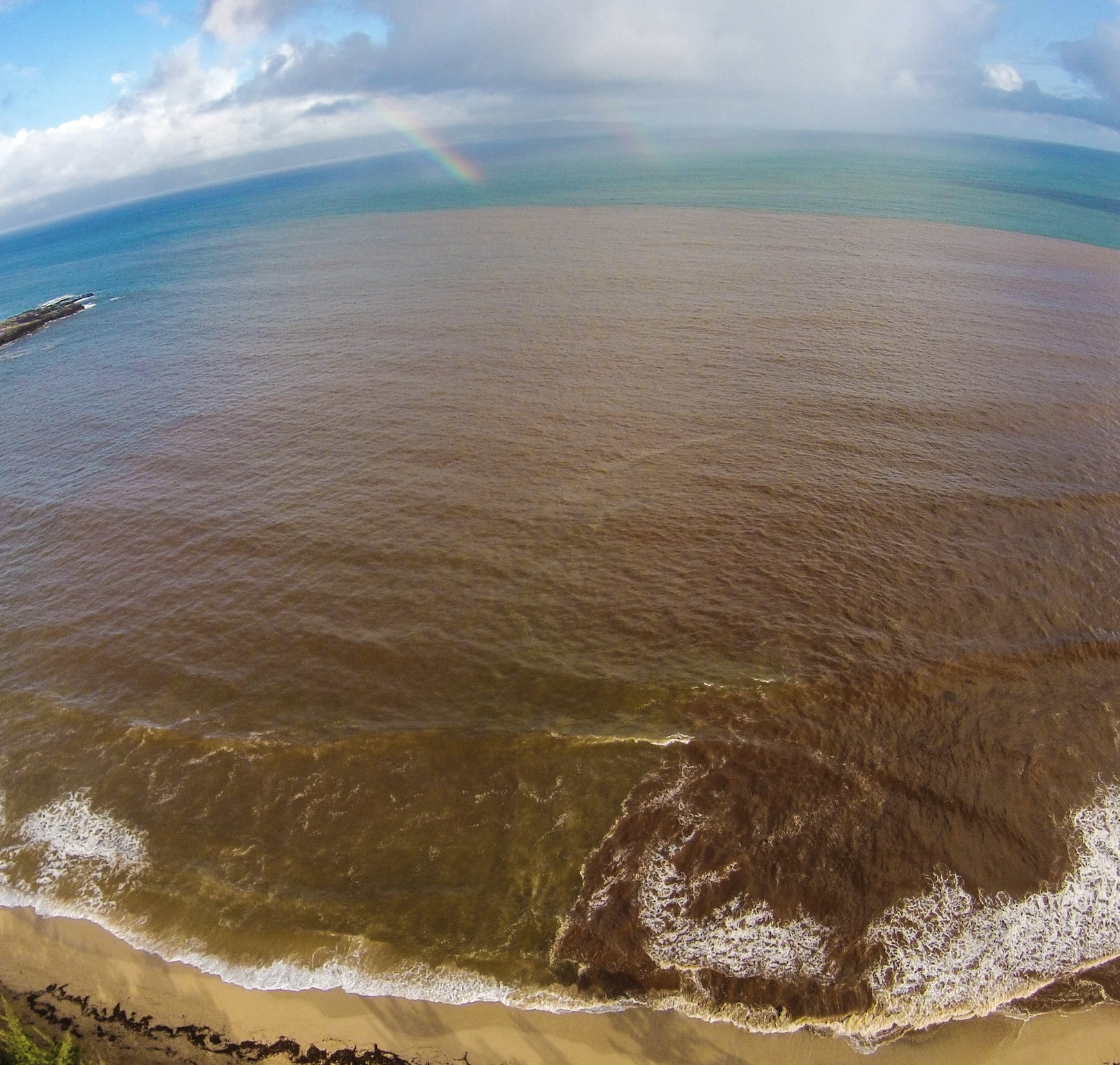



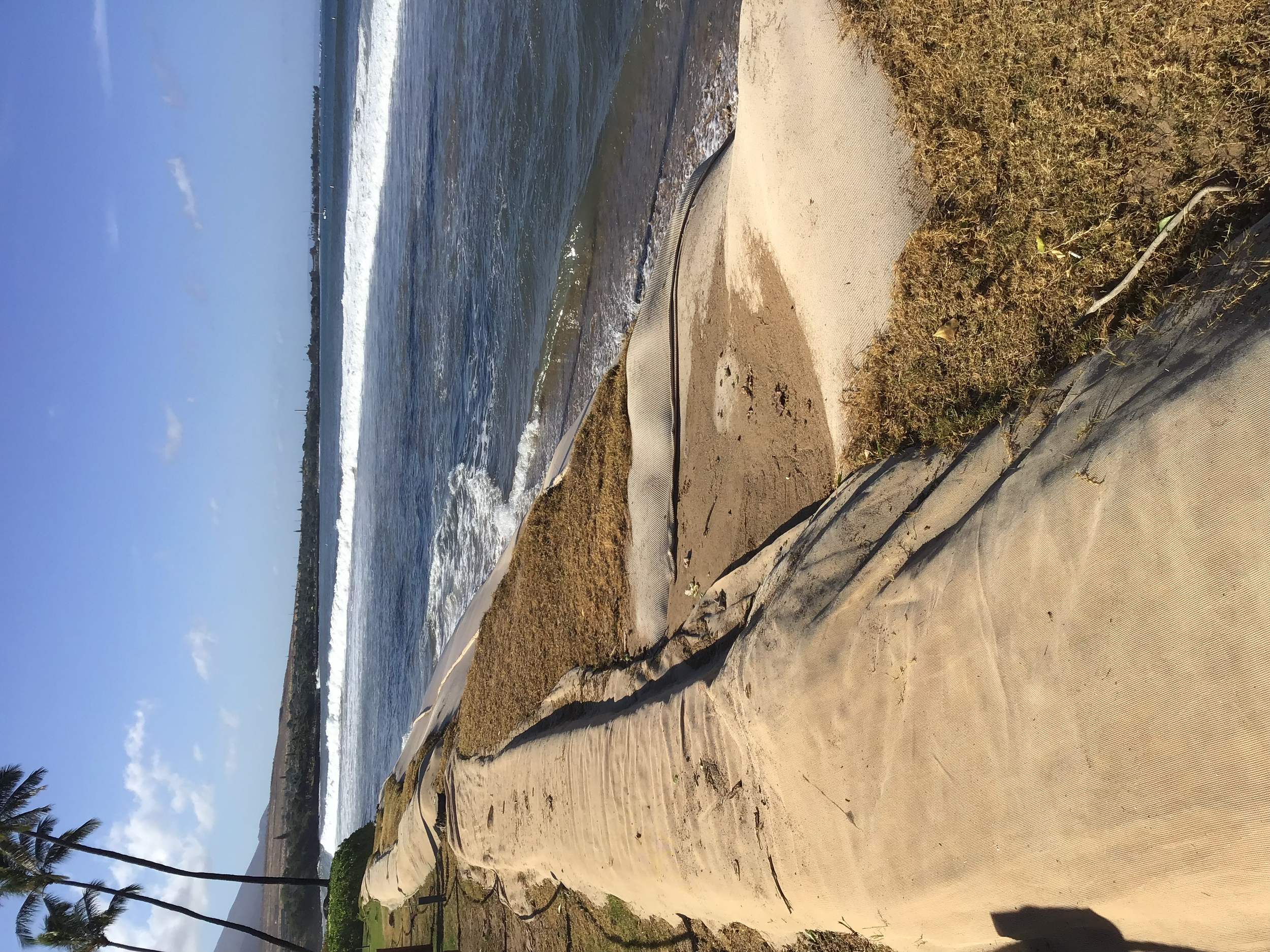
Policies to conserve & enhance beaches, public access & coastal open space are failing in Hawaiʻi.
Kā’anapali Beach ‘22 - Dangerous & destructive efforts to thwart erosion & flooding.
“[The hotels] are ultimately doomed. They're going to have to reimagine the future…Beach nourishment is a stopgap. Ultimately, they're going to have to get out of nature's way.”
— Chip Fletcher, School of Ocean & Earth Science & Technology at the University of Hawai’i at Mānoa



